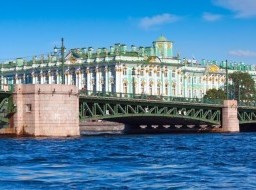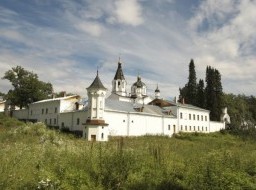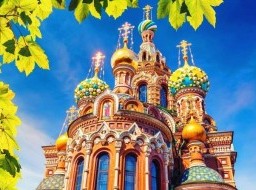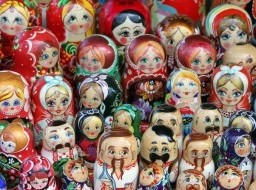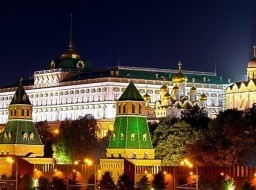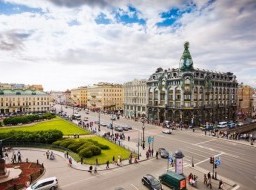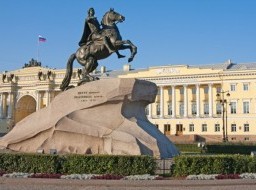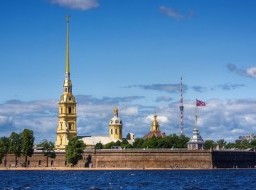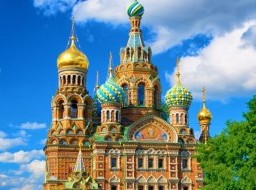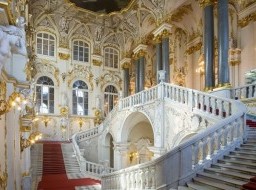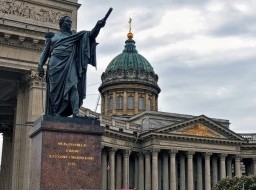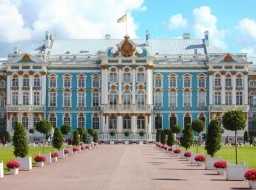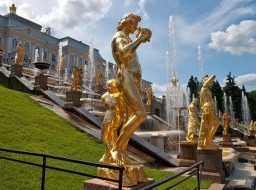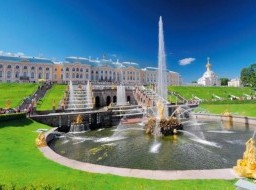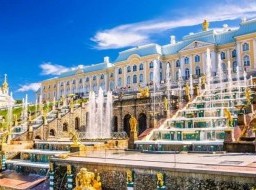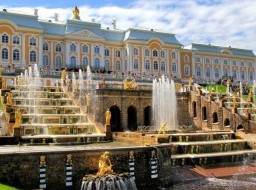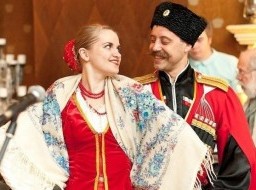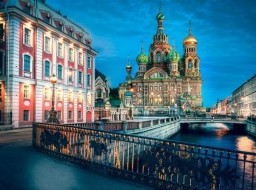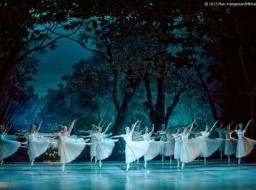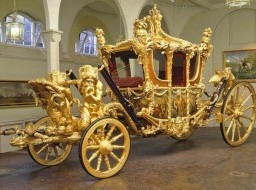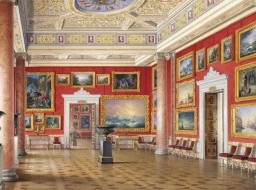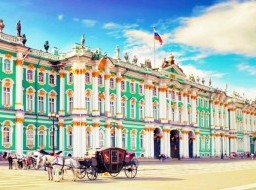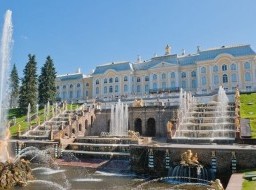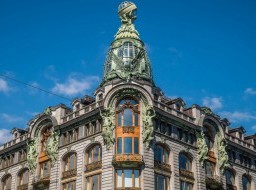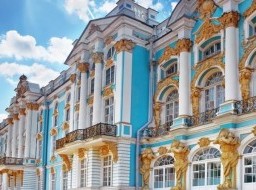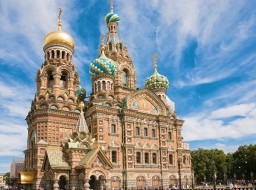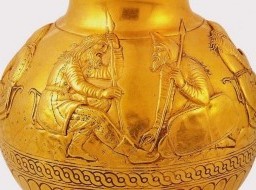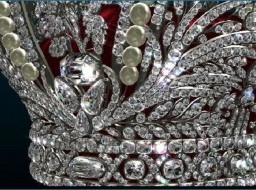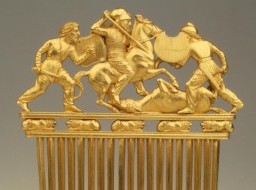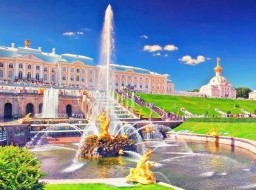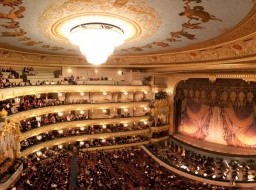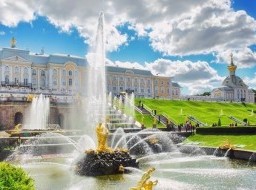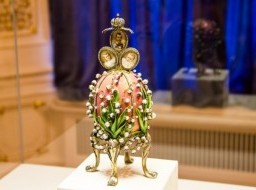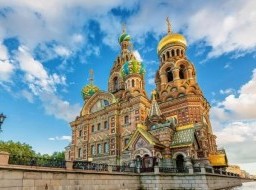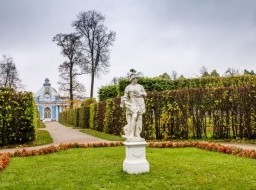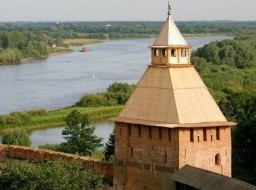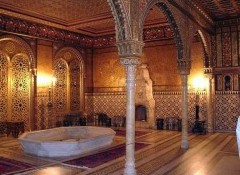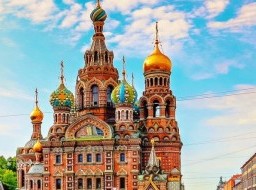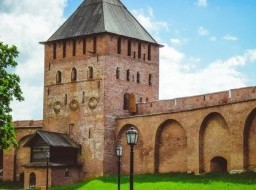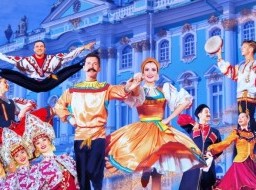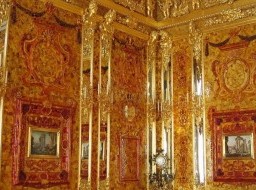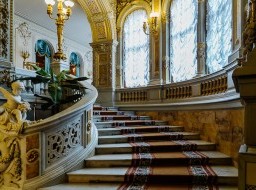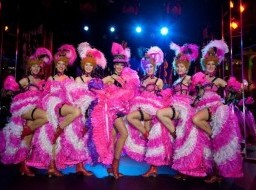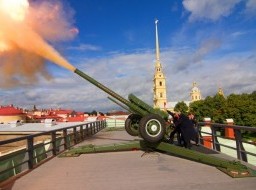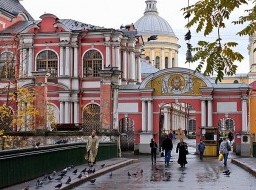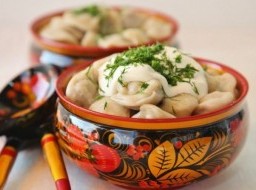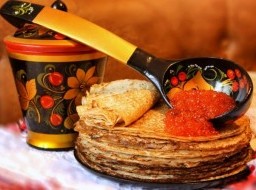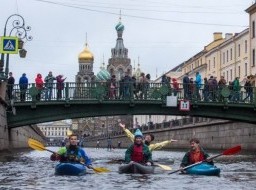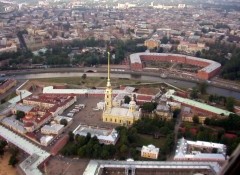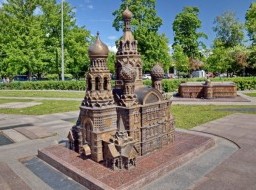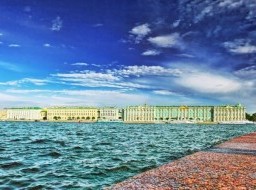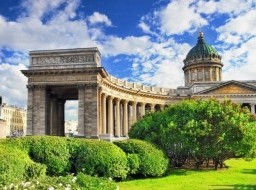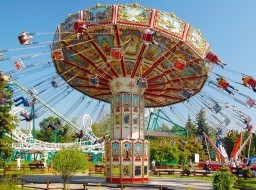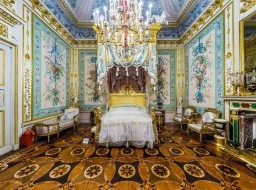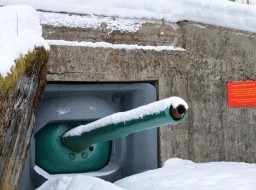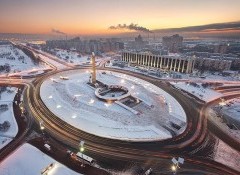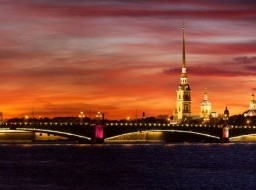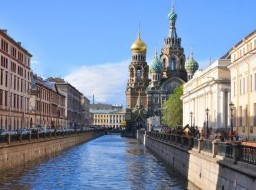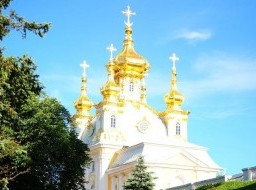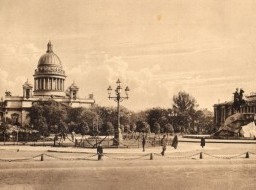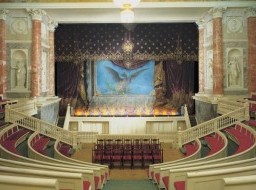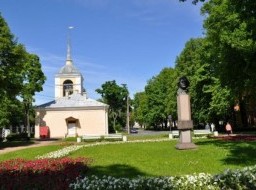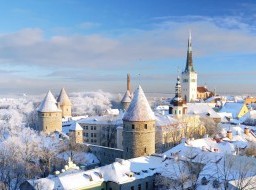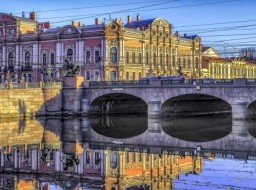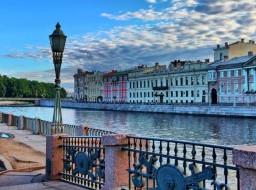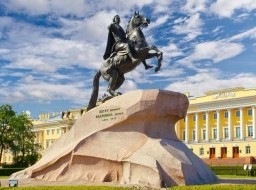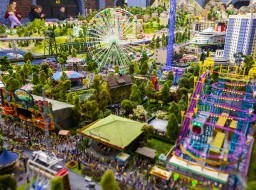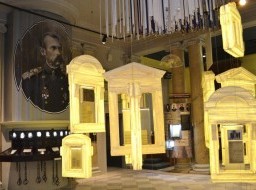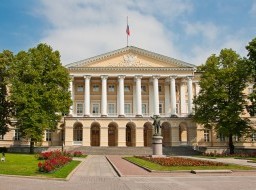Faberge Museum
The astonishing Faberge museum is the newest and probably the most anticipated museum in St Petersburg. It holds the largest collection of fabulous Faberge eggs. The core of the museum's collection, Imperial Easter eggs were created for the last two Russian Tsars. There are a galaxy of other items made by Faberge, as well as his contemporaries. The museum also holds decorative applied and fine arts, including amazing gold and silver items, paintings, porcelain and bronze. St Petersburg's Faberge Museum showcases an unsurpassed collection of the jeweller's exquisite creations! The famous Faberge Jewelry firm was founded in 1842 in St. Petersburg, Russia, by Gustav Faberge, the father of the great Carl Faberge. Carl Faberge studied in Dresden, Frankfurt am Main, London, Florence and Paris, and began working for the company in 1872. Under his leadership, assumed in 1882, it became one of the largest in Russia. At its height, Faberge employed seven hundred craftsmen and artists. The St. Petersburg Department consisted of independent workshops whose owners worked on drawings and models exclusively for the firm, to the high standards required by the Russian Imperial Court. However, his clients also included the Royal Families of Sweden, Norway, Britain and Siam. In 1885, having worked for the Romanovs for the best part of a decade, Faberge was asked by Tsar Alexander III to produce a jewelled Easter egg for his wife. Alexander had the idea because Russian people traditionally exchange dyed Easter eggs, which symbolise the Resurrection, and the tradition had been enhanced with the opening of the Imperial Porcelain Factory in the second half of the 18th Century, which began to produce porcelain eggs. The first Imperial Easter Egg, the "Hen Egg", was a massive success – the Tsar was so impressed be deemed Faberge worthy of the title of "Supplier to His Imperial Majesty", thus giving Faberge both recognition and a high level of artistic freedom. The eggs became an annual Romanov tradition, and were made for other clients, too. However, the Russian Revolution of 1917 brought the tradition to an end. The Faberge Company, which was floated on the stock market in 1916, was nationalised by the Bolsheviks, and its stock confiscated. Faberge himself fled St. Petersburg on the last diplomatic train, travelling through Latvia, then Finland, before eventually finding a haven in Switzerland. However, Faberge was a broken man after losing his home and business, and he died in 1920. The fabulous eggs live on, and each has its own story. Some were confiscated by the Russian Government; many of these were sold to dealers during the famines of the 1920s, particularly to Armand Hammer, a doctor. Others were smuggled out of Russia by fleeing aristocrats, who sometimes sold them on to pay for food or lodgings. By the latter half of the 20th century, several firms and indiviuals had become prominent collectors, including Wartski Jewellers in London, the Queen of England, and the late Malcolm Forbes, an American media magnate – the eggs collected by the latter now form the bulk of what is now displayed in the St. Petersburg Faberge Egg Museum. The history of the beautiful museum began in 2004, when a Russian businessman Viktor Vekselberg bought the eggs from the estate of Malcolm Forbes, preventing the collection from being broken up, perhaps forever. He founded a charity, "Svyaz Vremyon" (Link of Epoches), whose purpose is to return art and cultural treasures lost to Russia during the Soviet period. In order to open a museum dedicated to the works of Carl Faberge, in 2006 Svyaz Vremyon agreed to rent the Shuvalovsky Palace for fifty years from the City of St. Petersburg. Its restoration alone lasted seven years and during this period the charity continously sought and bought Faberge pieces, including 14 large Easter eggs. Today the collection of Svyaz' Vremyon has more than 4,000 amazing items, which in addition to the works of Faberge include items produced by other Russian artists. Many of them are displayed in the museum. Of all Faberge's masterpieces, his Russian eggs are the most famous – and the Imperial Easter Eggs the best known and most fabulous of these. The Faberge Museum in St Petersburg houses nine of them. The Imperial Easter Eggs, as their name suggests, were constructed on the personal orders of the last two Russian emperors - Alexander III and Nicholas II. They were created for particularly significant historic and dynastic events within the Imperial family. It is believed that there were fifty Imperial eggs in existence in pre-Revolution Russia. Eight were destroyed or lost in the post-Revolutionary chaos. Of the surviving numbers, ten are located in the Kremlin Armoury, and nine can be found in St Petersburg; including the first and last of the series. |
|

